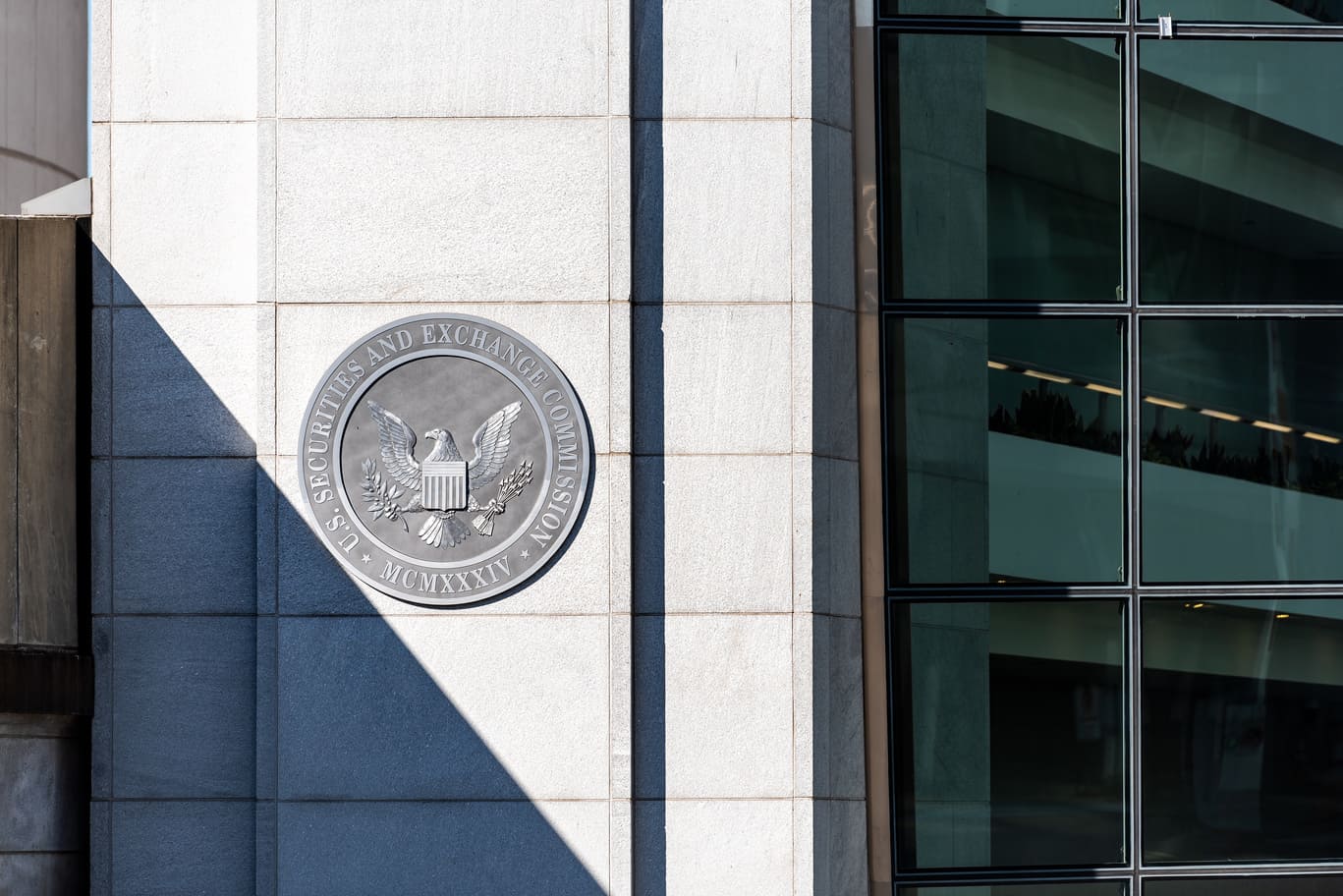
Binance Introduces Automated System to Ensure Transparency of Token Reserves Backed by Assets
The new system only allows new tokens to be produced when enough collateral has been deposited, ensuring transparency and preventing further mismanagement.
Binance is developing a partially automated method for overseeing token reserves that are backed by assets, taking steps to enhance the visibility of its reserve B-tokens after a period of mismanagement.
According to reports, the crypto exchange is implementing a new administration system that is mostly automated, as part of its ongoing efforts to increase reserves for Binance-peg tokens. The aim is to ensure that tokens are always transparently backed, and no additional minting can occur until enough collateral has been transferred to the necessary wallets.
Binance is moving to a semi-automated approach to manage token reserves, following a period where reserves were commingled with customer funds, and at least one major stablecoin, Binance-peg BUSD, was not always fully backed. The new system will prevent the commingling of B-Token collateral and customer cash, while a partly automated mechanism will guarantees that B-tokens are constantly backed by collateral. This is achieved through a system that allows new tokens to be produced only when collateral has been deposited into the appropriate wallet.
Over the last few months, Binance has been under increased regulatory investigation and has admitted to having weak compliance in the past. The company has been accused of providing improper support for several of its coins, including the stablecoin BUSD which is no longer in use. In early January, the exchange acknowledged the accusations and admitted that there had been discrepancies in the amount of assets held as collateral in the past. However, the company also stated that the improper support was largely due to frequent adjustments made to their reserves, and they had already identified and fixed the problem.





